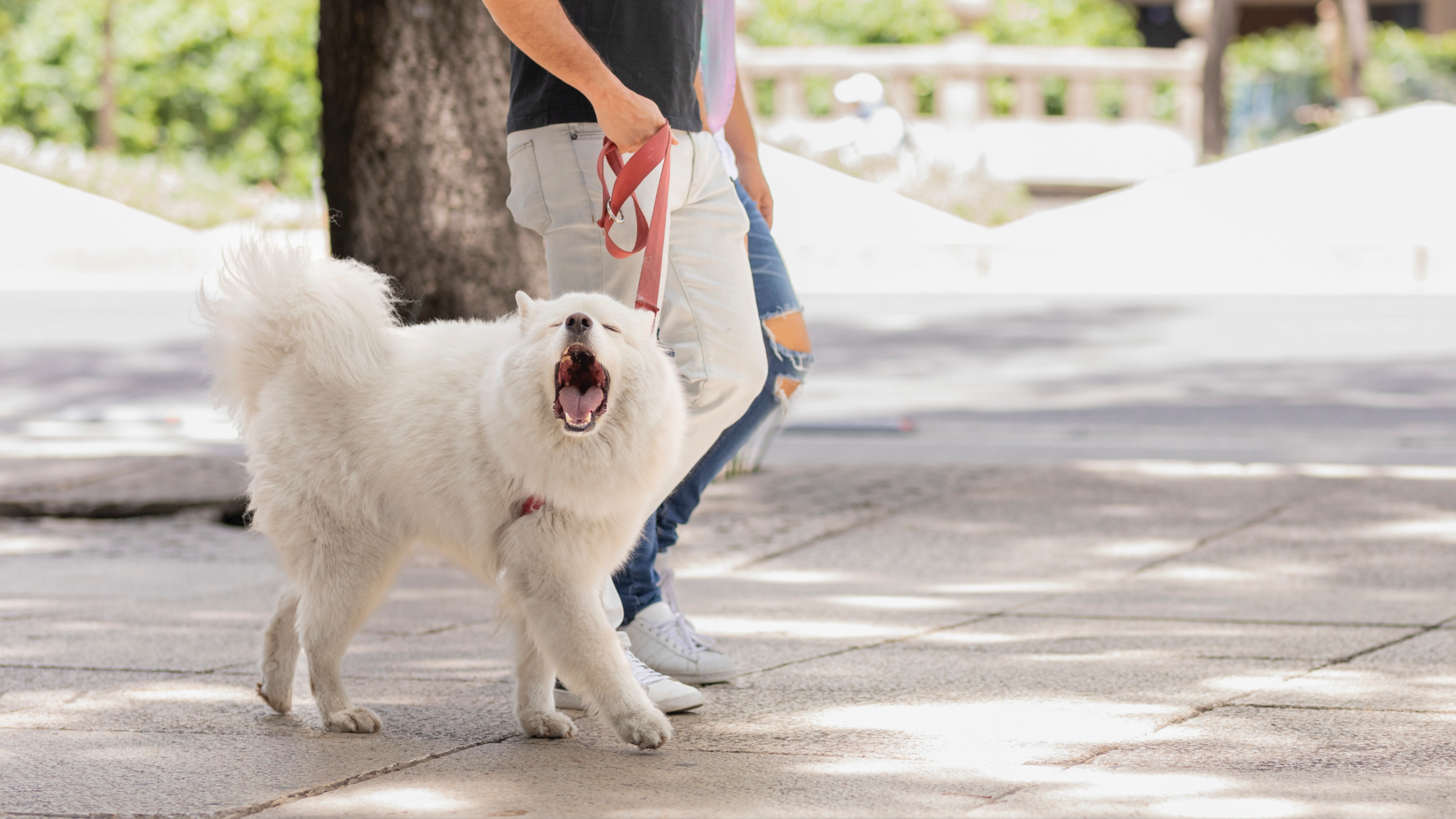
Walking a reactive dog can sometimes feel difficult. There are so many potential distractions and triggers, and it’s hard to relax and just enjoy a nice walk with your pup.
It might feel as though you’re doing everything right, from choosing one of the best dog leashes to carrying out training sessions with your dog, but nothing gets easier.
Well, that’s where Carolyn Martell, an expert trainer and the founder of Good Dog Training comes in. In a new Instagram post, she offers six top tips to remember when you’re walking your reactive dog.
1. Avoid neighborhood walks: When walking through the neighborhood, there are lots of potential triggers for reactivity in dogs. And usually, the furthest you can move away from the triggers in the moment is the other side of the street. If you can, try to avoid walking your pup through the neighborhood.
2. Avoid narrow trails: A walk somewhere less built-up can be a good option, but not so much if the trails are narrow and there’s little room to move. “If your dog is human-reactive, you need to be vigilant for mountain bikers or runners quickly coming up behind you,” says Martell. “If your dog is dog-reactive, you’ve got to worry about trying to pass another dog on a single-track trail.”
3. Walk in open, quiet spaces: Somewhere with plenty of space is ideal, as it’ll give you and your pup plenty of room if there’s another person or dog passing by. It’s best if you can see who’s approaching, too, to avoid surprises. Martell recommends walking your dog in places like parks, fields, beaches, parking lots and cemeteries.
4. Carry rewards: “Whether you use food or toys, carry a reward for your dog in case you encounter a trigger,” says Martell. “Always be prepared to reward or distract your dog as needed to get you through a situation.” Remember, training dogs with treats is a great move!
5. Be watchful: Be aware of your surroundings – check behind you to see if anyone (human or animal) is approaching. If you’re walking past a car, is there a dog in the window? Is someone about to open the door to exit? “You want to see the trigger before your dog does and as early as possible to give you more time to react,” Martell explains.
6. Have an escape route: It’s important to have a plan in mind for what to do if something doesn’t go as you expect – will a dog run up and surprise you, for example? Prepare yourself to turn and leave, or stand far off to the side – this’ll make it easier should you need to react quickly.
These tips aren’t going to solve your dog’s reactivity, but they’ll make it a lot easier to cope with in the meantime. For more advice on reactivity, you might find the following article useful: I trained as a dog behaviorist to better understand my reactive dog, and it totally transformed our bond.







